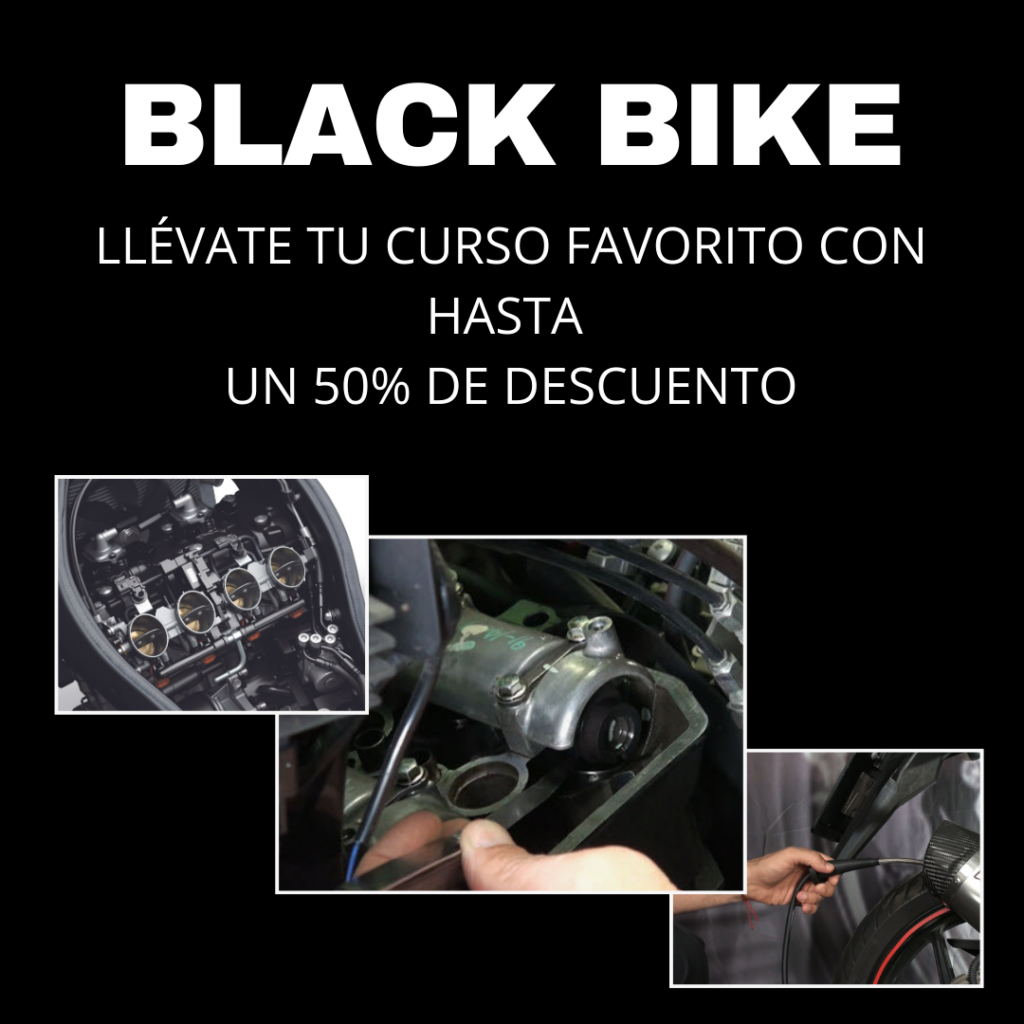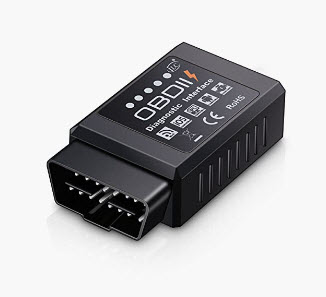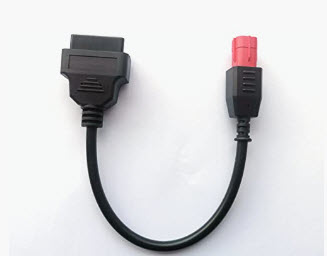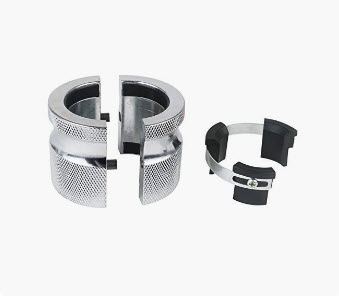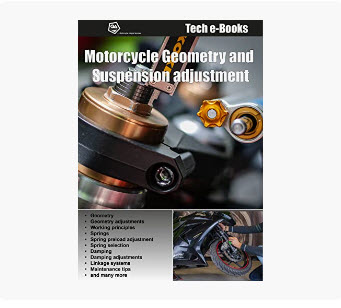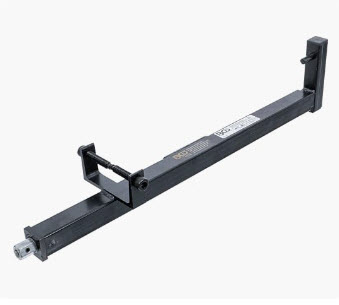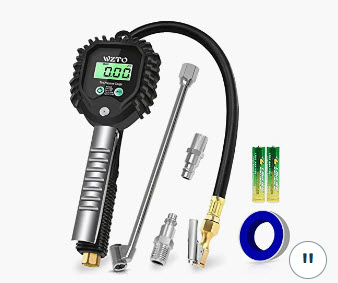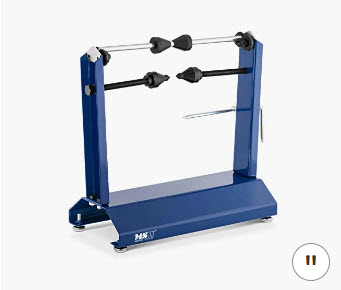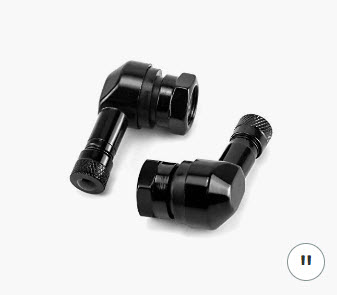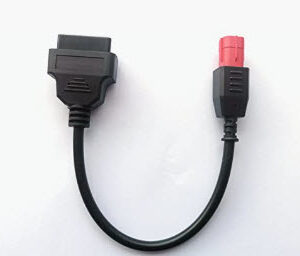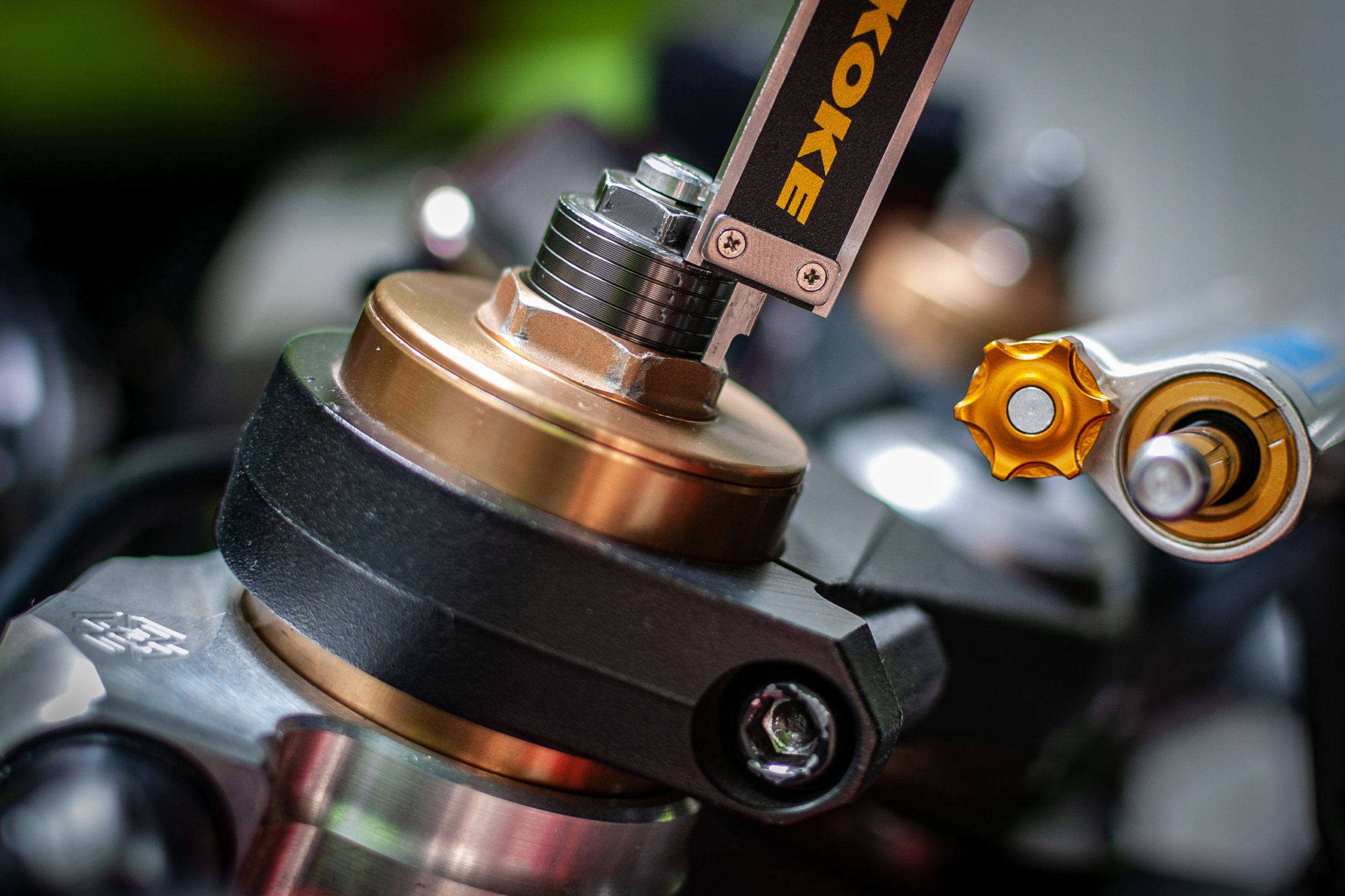Electronic suspensions
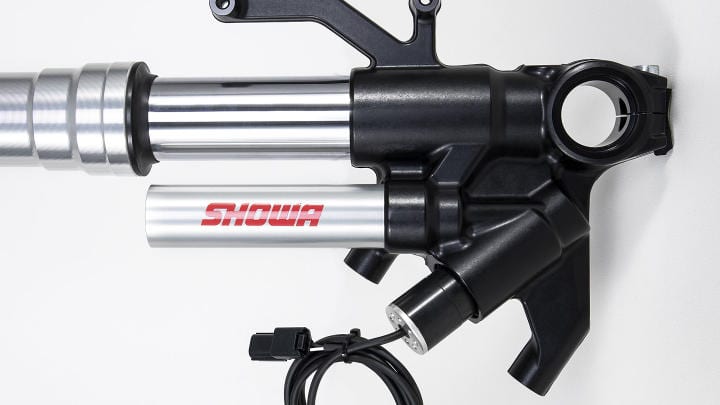
You will see the difference between electronic suspensions VS conventional suspensions!
How much black magic is inside an electronic suspension?
During the last few years more and more solutions have been appearing, each one more ingenious than the last, in electronic suspension systems.
But what’s so magical about them, do they really work well, and is it worth investing extra in a model with electronic suspensions?
Black magic?
For many years it has been believed, or allowed to be believed, that the operation and modification of the internal hydraulic system of a suspension was black magic. What happened is that there was practically no document that explained it.

Now, the same thing happens with the electronic control systems of the hydraulic system, there is very little information and the most we receive as users is the type of setting we want (sport, road, etc…).
I have to tell you that there is no black magic, at least, in the components of your motorcycle.
The internal working principle of electronic suspensions remains the same as for conventional suspensions, at least until the new generation of liquids capable of modifying their viscosity by means of electrical impulses reach the market.
A high-speed circuit and a low-speed circuit, a piston, plates that close the oil flow path…. exactly the same.
The difference between one and the other lies mainly in the low-speed circuit, the circuit that in conventional suspensions we adjust with external regulators.
In the case of the electronic ones, the regulator is replaced (by clicks or turns) by a solenoid or stepper motor, and electronically adjusted “in real time” according to a series of parameters.
Roughly explained, it’s as if you had a guy hanging from one of your fork legs, looking forward to see the bumps and with a screwdriver in his hand. Knowing what’s coming, he opens or closes the adjusters to get maximum performance, stability and grip….
Something like this….
Electronic or electric suspensions?
Do not confuse terms. Generally, “electric” suspensions are those that are capable of adjusting spring preload at the push of a button. Like BMW’s ESA system, for example.
One helmet, two helmets, two helmets with case….
In the end, it is an electric stepper motor, which knows that when you select one helmet it has to count 15 steps, two helmets 30 steps and so on depending on how many settings your bike has.
Comfortable as you can’t imagine.
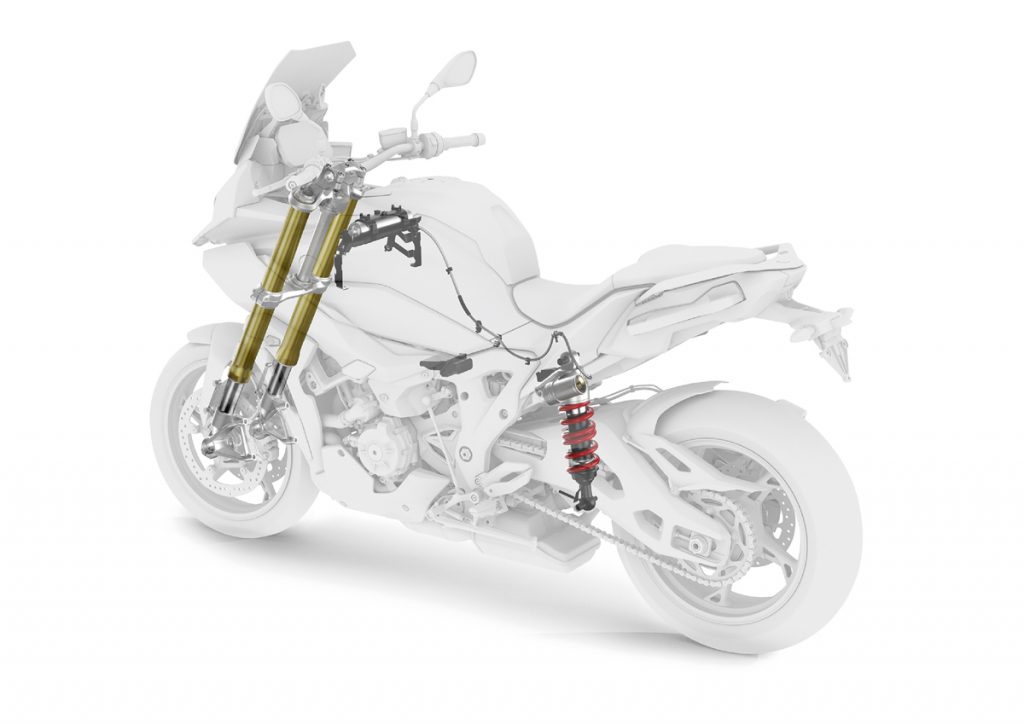
The considered electronic ones are always managed by their own ECU. And it is depending on a series of conditions (speed, IMU data, travel sensor data, etc…) that some values or others of hydraulic force are applied in the low speed circuit (suspension manufacturers have enough data of this type to bore anyone) and give the order to the solenoids or stepper motors to open or close the oil passages.
What types of electronic suspensions are there and how do they work?
Actually we could typify electronic suspensions by the type of drive.
There are two main types: stepper motors and solenoids.
Those with stepper motors, such as those from Öhlins Mechatronics, were among the first to appear on the market. Due to the nature of operation of these stepper motors (as used in 3D printers, for example), they have an excessively slow reaction time: 0.5 seconds.
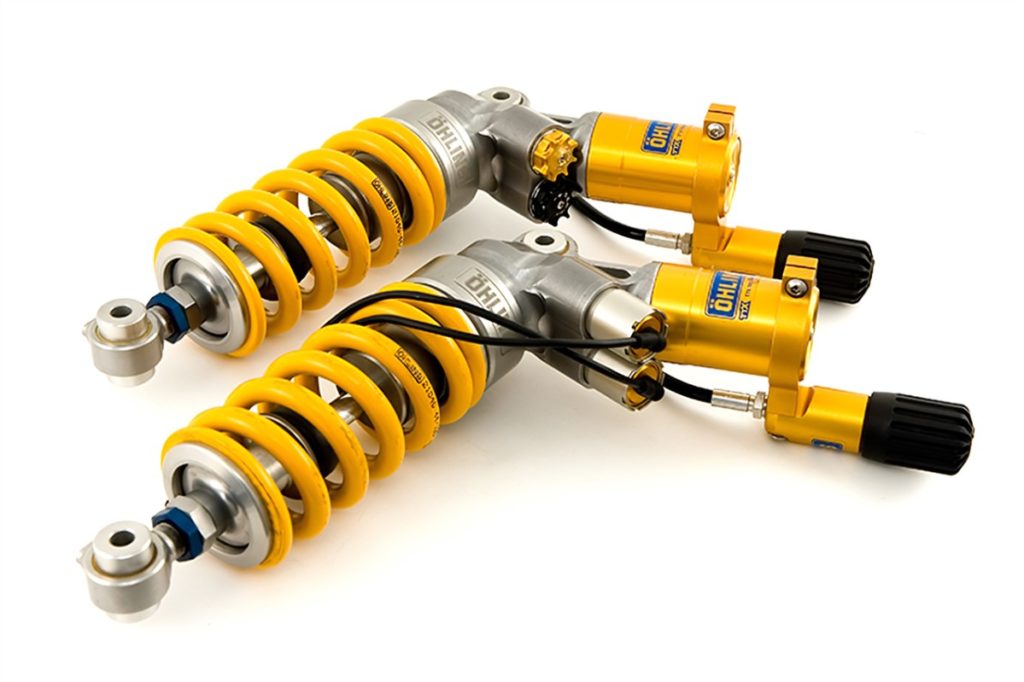
If you do the math, you will see why I say they are slow to react.
Imagine you are driving at 120km/h and you hit a pothole. 120km/h is approximately 33 meters per second.
The moment you hit a pothole, the system reacts and tries to adjust.
It takes 0.5 seconds. Or in other words, 15 meters.
In other words, it has just adjusted itself 15 meters after encountering the pothole.
This is the reason why the sensations are strange on a bike equipped with electronic suspensions with stepper motors.
Later came the solenoid suspensions, like the Sachs used on some BMW S1000RR. These suspensions used indirectly actuated solenoids, that is, between the solenoid and the low-speed stepper, there is some mechanical opening and closing system.
These are faster than the stepper motor ones, here you get reaction times of 0.1 seconds. Wowwww!
Well, compared to the previous example (driving at 120km/h and we hit a pothole), it takes much less time to adjust…. but they still just adjusted after about 3.5 meters after the pothole.
Infinitely better, but still strange behavior.
The last ones to appear have been those actuated by direct drive solenoid, i.e., the solenoid rod itself opens and closes the oil passage of the low speed system.
To the point, reaction time: 0.01 seconds. Faster than the blink of an eye!
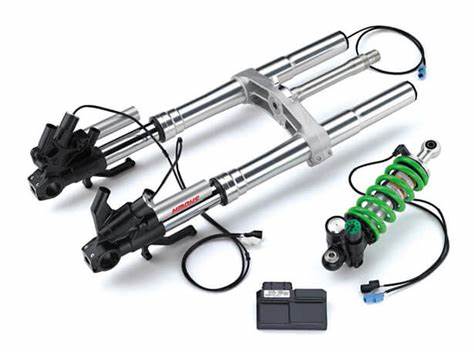
If we continue with the previous example, these suspensions have just been adjusted… 30cm past the pothole! Come on, you might still be in it!
These ultra-fast suspensions are signed by the Japanese brand Showa. Unlike the other two, when riding on them, what you notice is …. nothing, the bike goes “disgustingly” well all the time.
And I think this is its greatest virtue, they always go well and you don’t even realize they are there.
In addition, all these suspensions can include the skyhook algorithm in their programming. To explain it, it is a programming in the ECU of the suspensions (very used in cars) that makes the principle of operation is that the suspended mass “floats” above the road.
Very comfortable if you are on the road, but useless if you are on a circuit. As you can see, it all depends on how you use your bike.
Truths and myths about electronic suspensions
We thought that to explain it in a clearer way, the best is a list of FAQ’s. Here it goes:
Electronic suspensions are totally self-adjusting – FALSE.
It is false because the suspension adjustment includes the adjustment of spring preload and hydraulics. Generally electronic suspensions are semi-active, they only adjust the hydraulic part, not the preload.
And the preload setting is not “written in stone” like the holy scriptures. It can be adjusted depending on how you are going to use your bike, the exact weight you are going to carry and your riding style.
In other words, you need to adjust it according to a number of very personal parameters.
Electronic suspensions are maintenance free – FALSE
They need exactly the same maintenance as conventional suspensions. Oil change, oil seals, guides, plates, piston rings, etc….
Electric-electronic suspensions are easy to adjust – TRUE
No screwdrivers, no complicated access to the preload of the shock absorber, no jumping on the ground to adjust the rear extension – …. Sitting on your bike, with a simple click of a button or through an App. (but you still need to know how to adjust them).
In competition they are not used, so they are not suitable for track use – FALSE
Motorcycles that are equipped with them as standard CAN use them in competition. In fact, BMW has been using them for several years with very good results. On the other hand, you are probably not Rossi, so they will help you more than hurt you.
You have to know how to adjust them – TRUE.
Exactly. You have to know how they fit. Otherwise you’ll be just like with the conventional ones; more lost than an octopus in a garage, asking for adjustments on internet forums that will never work well for you.
Fortunately, for that you have our book “Geometry and suspension adjustment”, where we explain everything so that you will be able to adapt, whatever suspension you have, your bike to you like a silk glove… silk.
Now you have more knowledge about electronic suspensions, probably more than any seller who offers you a bike equipped with them (just ask for the type of low speed circuit drive to see him pale).
And what do you prefer from now on, conventional or electronic? Leave us your comments below!


